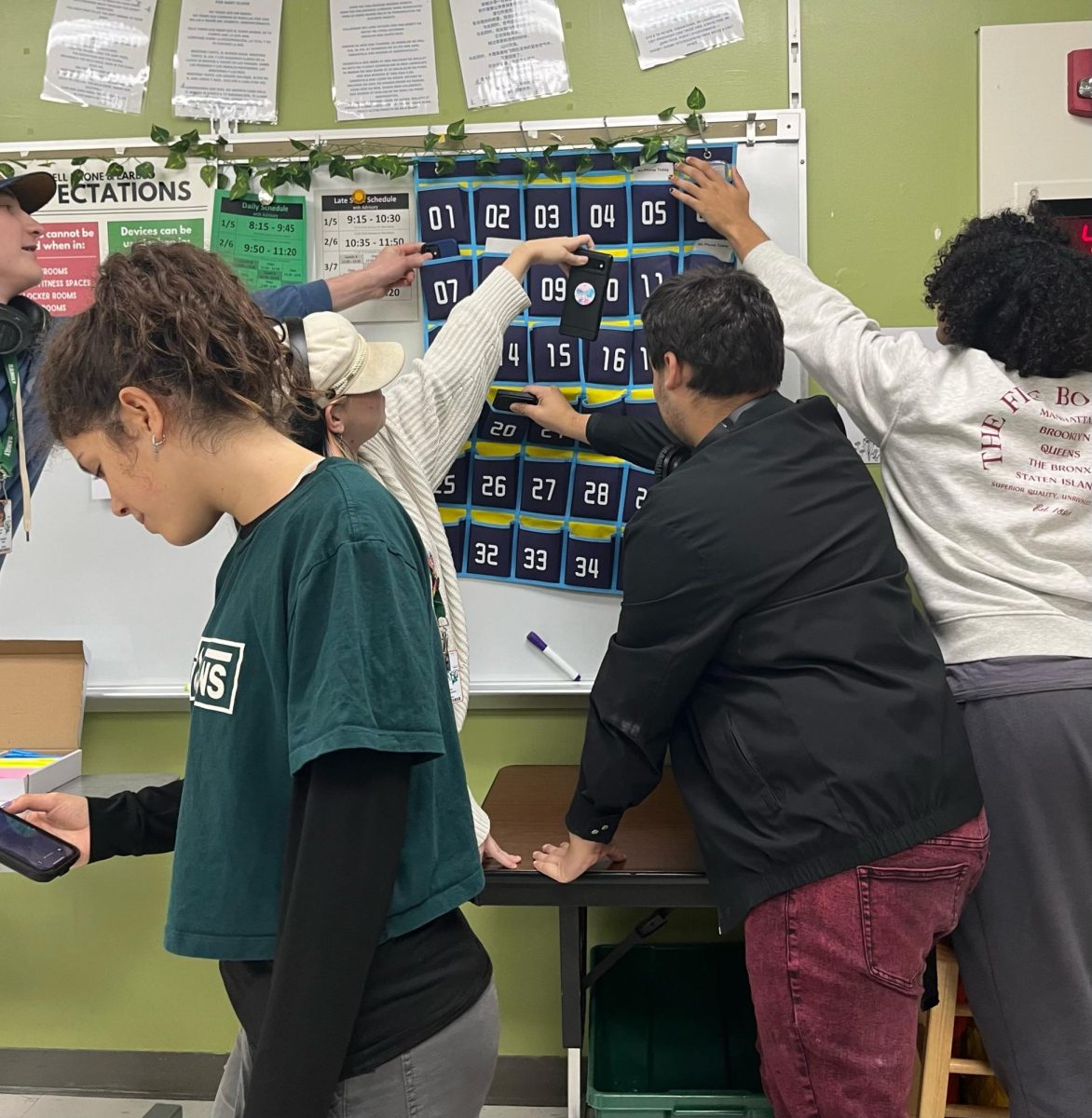In September of 2016, an app named TikTok was released to the world. Not only was this app fun and enjoyable to mess around with, but for many, it was also extremely addicting right off the bat. The short-form video format that TikTok championed allowed for people to consume video content at quick speeds, making it the perfect app to use when you only had a little time to kill. This method of consuming content so quickly was entirely captivating for the teens and children of the time. TikTok still has this effect today, with many people spending hours upon hours of their day on it, as well as other social media platforms like Snapchat, Instagram and Reddit. These apps are all designed to grab and retain your attention for as long as they possibly can with the goal of generating more revenue – which then begs the question, at what point does the use of these attention-grabbing apps become a serious problem? Where is the line drawn between healthy use, dependency and addiction? Do high school students know where this line is drawn? Do younger children know?
“I would say I feel like it’s probably difficult to assess as an individual what’s considered dependent versus just [liking to use your phone],” said Grayslake Central school counselor Barry Goldman. Acknowledging to one’s self there is a problem with technology use can be something very difficult; it requires a lot of introspection and self-reflection. Sometimes, people are so distracted by their devices that they don’t take that moment to look into themselves and analyze their own technology use and productivity. This, however, is the exact goal of the apps that are so engaging for teens; they are essentially fulfilling their purpose of taking hold of your attention by leaving you with no time for yourself and your own thoughts, or distracting your focus on academic work. “Prior to the [phone caddy policy, some students] recognized that they were missing out on content because they were distracted by something on their phones, or they never felt like they could escape it because it was always right in front of them,” said Goldman.
Because of this, some students find the phone caddies helpful in mitigating their dependency on their phones. By physically putting their phones away at the start of every class period in the school provided caddies, some students have found it easier to focus during lessons. “I think that the changes this year have been beneficial. I’ve asked students how [the caddy policy] has impacted them, and many have said it’s actually been healthy for them to just have it in the caddies and not really be as reliant on it during the day as much,” said Goldman. As much as the caddy policy was controversial among students and parents alike, for certain students, the caddy policy helped significantly helped in mitigating device dependency and improving academic performance. By eliminating just one of the distractions that students may have in class, the ability for students to properly pay attention and retain the taught information rises. “As long as the teacher enforces it, I’m pretty sure that the phone caddy is a good thing to use,” said senior Jason Piurkowski.












































